Top Mistakes People Make When Custom Ordering Drapes
TLDR;
When custom ordering drapes, avoid mistakes like incorrect
window measurements, choosing the wrong fabric, neglecting functionality, overlooking hardware, and failing to consider long-term maintenance. These common errors can lead to poor fit, aesthetics, and costly adjustments. Being informed about these pitfalls ensures a smoother process and more satisfying results.
Top Mistakes People Make When Custom Ordering Drapes
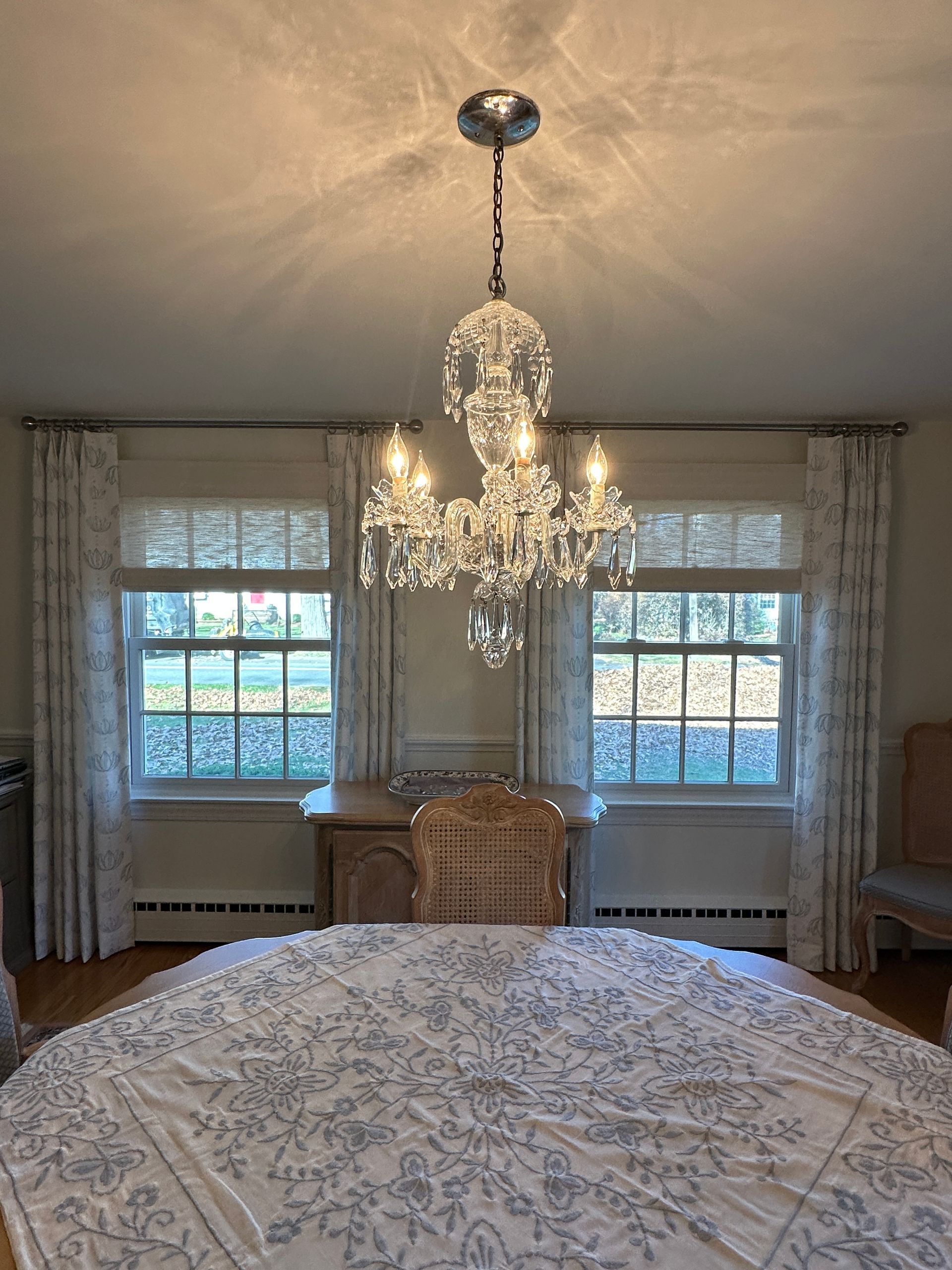
Custom
drapes can elevate the look of any room, offering both style and functionality. However, many people make common mistakes during the ordering process, which can result in drapes that don’t fit properly, clash with the room's decor, or require costly alterations. At Simply Windows, we want to help you avoid these mistakes so you can achieve the perfect window treatments for your home. Below, we outline the top mistakes people make when custom ordering drapes and provide expert tips on how to avoid them.
1. Incorrect Window Measurements
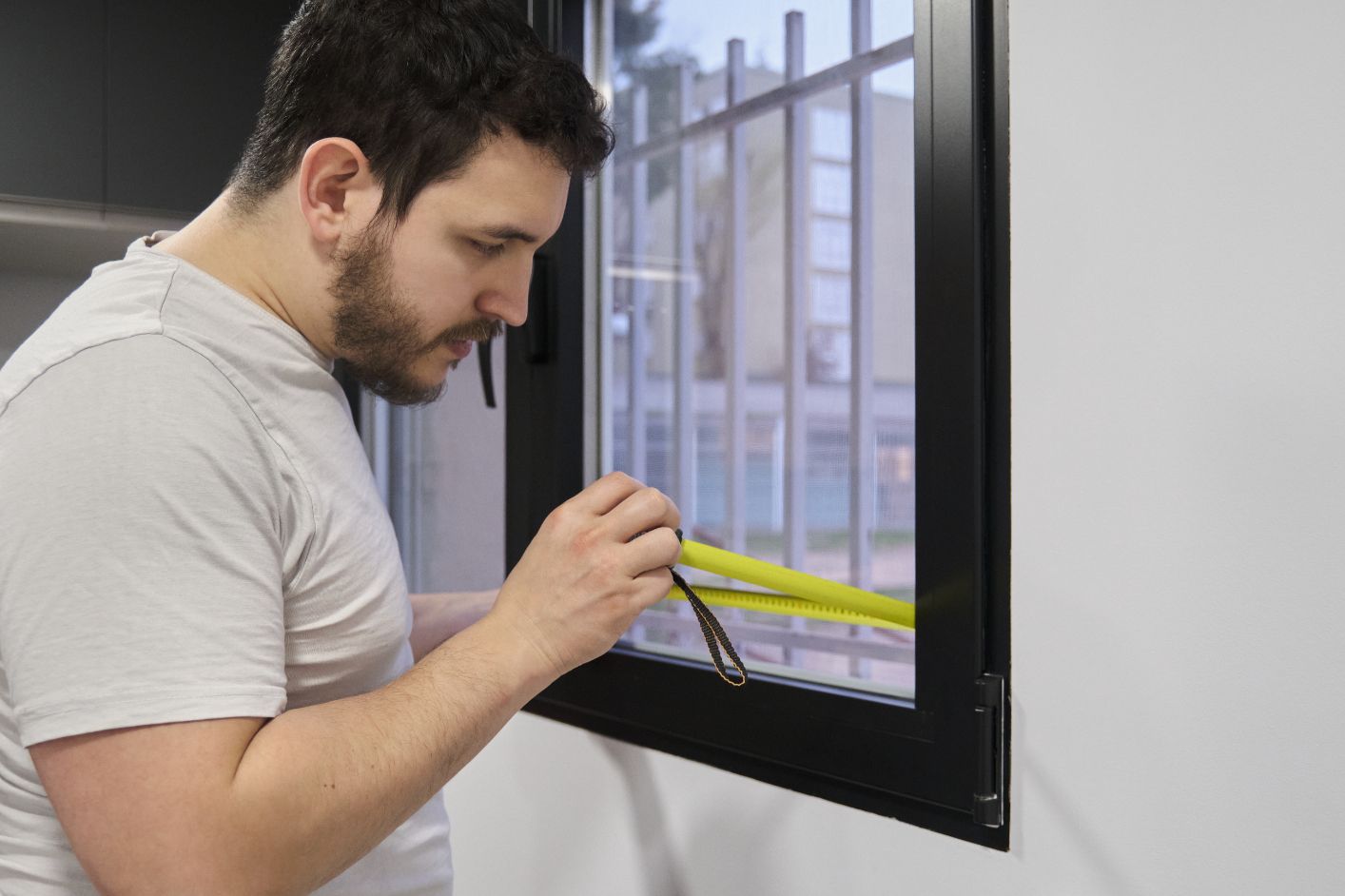
One of the most frequent errors when ordering custom drapes is incorrect window measurements. This mistake can lead to drapes that are too short or too long, causing an imbalance in your room’s aesthetic.
Common Issues:
- Drapes that are too short make ceilings appear lower and disrupt the visual flow of the room.
- Drapes that are too long can gather dust or pose a tripping hazard.
- Incorrect width can affect the fullness of your drapery, making the panels appear too thin.
How to Measure Properly:
- Use a measuring tape to get the height and width of the window frame.
- For length, aim for drapes that just graze the floor, avoiding excess fabric that could drag or cause maintenance issues.
- Measure from the top of the window or where the rod will be mounted. This ensures your drapes cover the entire window properly.
2. Choosing the Wrong Fabric
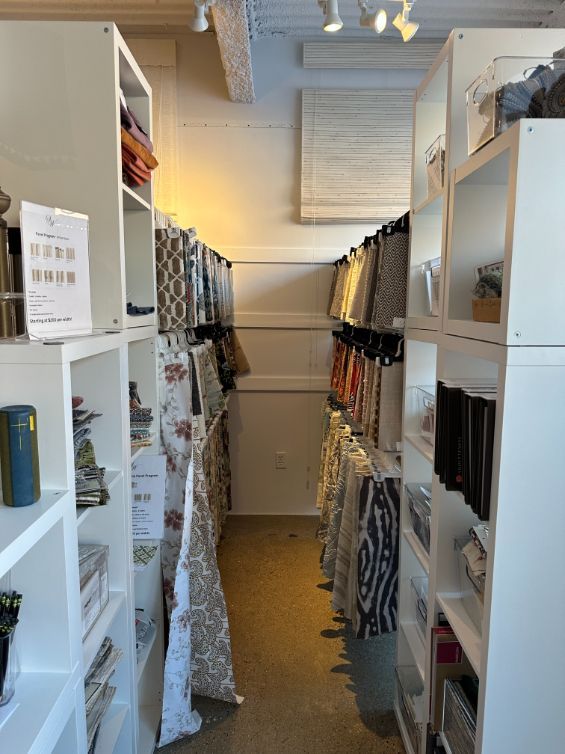
The fabric you choose for your custom drapes significantly impacts both the aesthetics and functionality of your window treatments. Choosing the wrong fabric can result in a look that doesn’t suit your space, or fabrics that are difficult to maintain.
What to Consider:
- Weight: Light fabrics such as linen or cotton create an airy, relaxed look, while heavier fabrics like velvet provide insulation and better light-blocking abilities.
- Durability: Choose fabrics that can handle the wear and tear of daily use, especially in high-traffic areas.
- Room Function: Think about the function of the room. For example, blackout drapes are ideal for bedrooms or home theaters, while sheers might be better suited for living rooms or kitchens.
Pro Tip: If you're unsure, ask for fabric samples to test how they will look in your space before making a final decision.
3. Focusing Solely on Style and Not Functionality
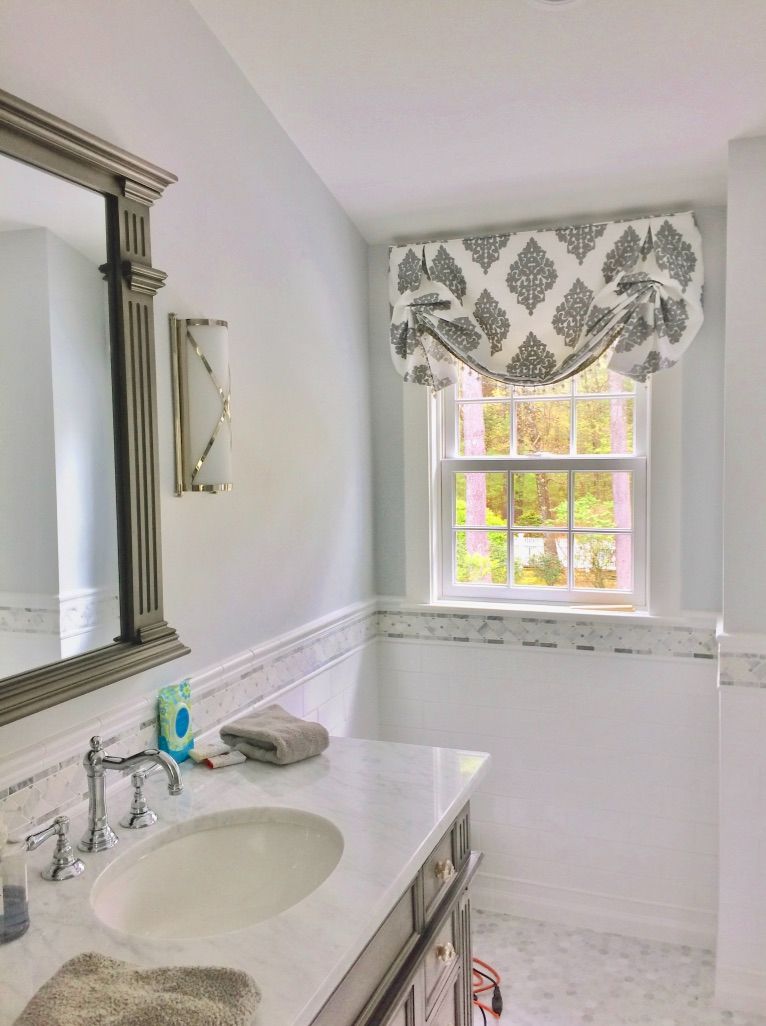
Drapes should be both stylish and functional. Many people focus too much on how their drapes look and forget to consider how they will perform in the space.
What to Think About:
- Light Control: If you need light control, choose thicker fabrics or opt for blackout lining.
- Privacy: Sheer fabrics might look elegant but offer little privacy. If this is important to you, consider heavier fabrics or layered treatments.
- Room Functionality: In a bedroom, you may need drapes that block light completely, while in a dining room, you might prioritize fabric that allows some natural light to filter through.
Tip: Always balance your drapery style with the intended function of the room. This ensures both aesthetic appeal and practical use.
4. Overlooking Hardware and Installation
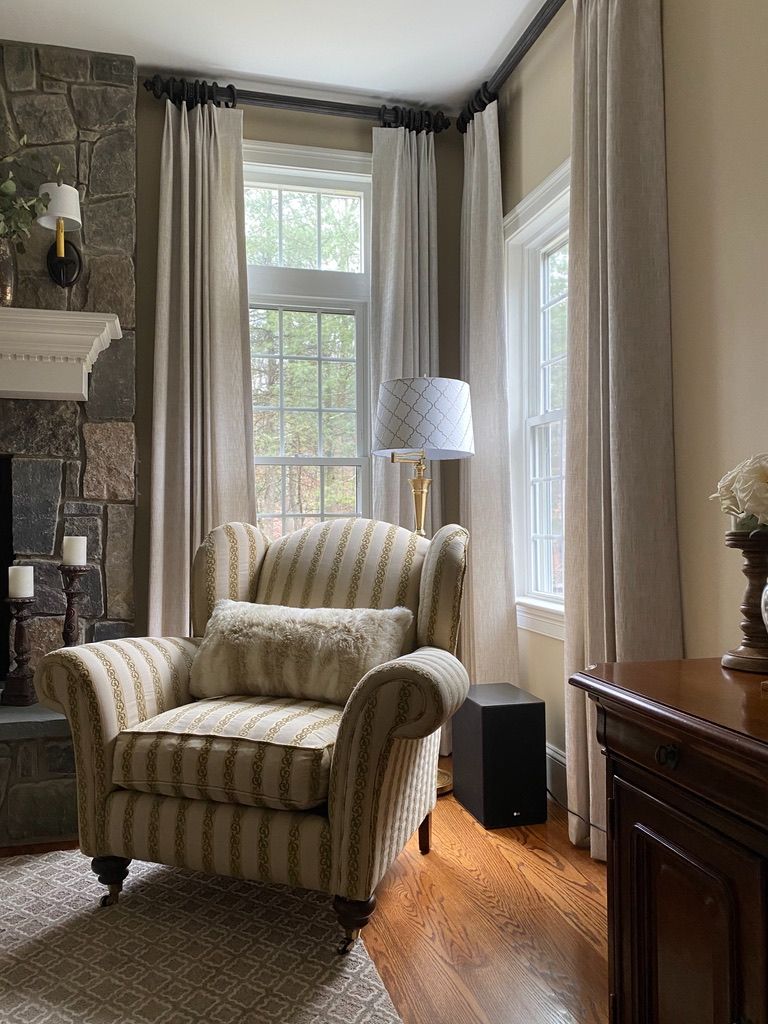
Choosing the right hardware and ensuring proper installation are essential steps in the drapery ordering process. Without the correct rods, brackets, and mounting techniques, even the most beautiful custom drapes can fall flat.
Common Mistakes:
- Wrong Curtain Rods: The rod should complement your drapes and the room’s decor. It should be sturdy enough to support the weight of the fabric.
- Incorrect Mounting Height: Mounting the rod too low can make the room appear smaller, while placing it too close to the window can limit the drapery’s fullness when open.
How to Ensure a Good Fit:
- Choose rods and hardware that match your drapes' weight and style.
- Install rods as high as possible to make the room appear taller and to give the drapes enough room to hang properly.
- Use proper wall anchors and brackets to ensure the hardware can support the weight of the fabric.
5. Neglecting Long-Term Maintenance and Care
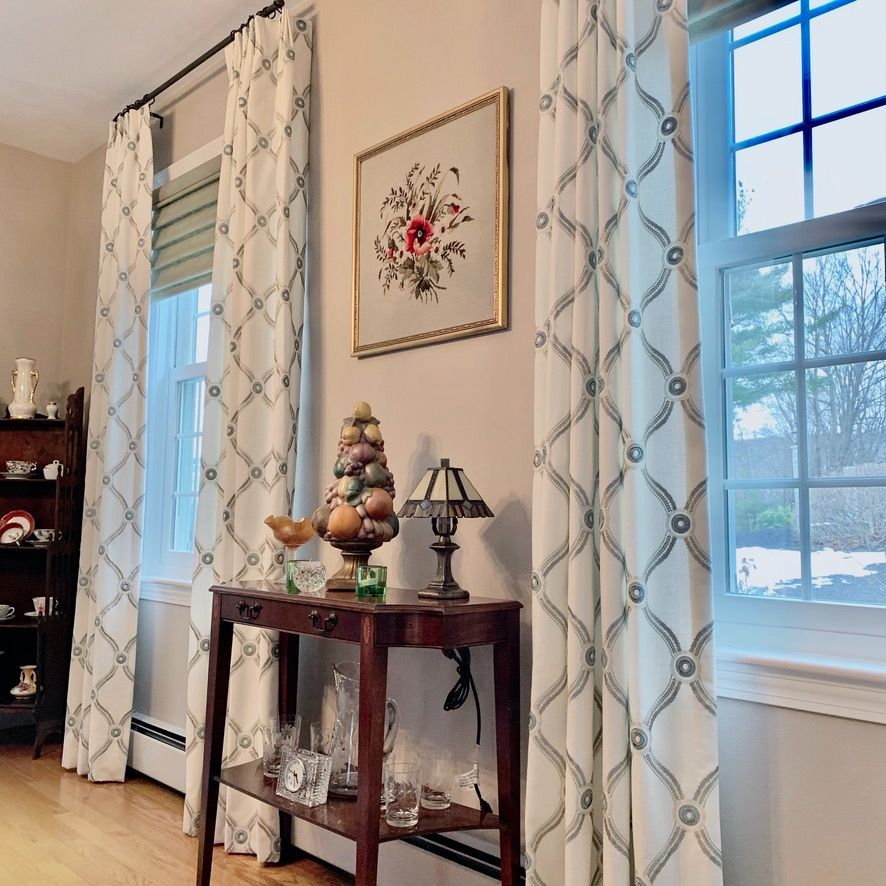
Drapes require regular maintenance to keep them looking their best. Many people neglect to consider the long-term care of their window treatments when ordering custom drapes.
Things to Consider:
- Cleaning Requirements: Some fabrics are machine washable, while others may need to be dry-cleaned. Understand the cleaning requirements of your fabric before making a choice.
- Fabric Durability: Lighter fabrics may fade quicker in areas with heavy sunlight, while darker fabrics may require more frequent cleaning.
- Stain Resistance: Choose fabrics that are easier to clean and stain-resistant if your drapes will be in high-use areas like the living room or kitchen.
Maintenance Tips:
- Regularly dust and vacuum your drapes to keep them clean.
- Follow the care instructions carefully to avoid damaging the fabric.
- For stubborn stains, spot clean using fabric-appropriate cleaners.
6. Ignoring the Overall Style of the Room
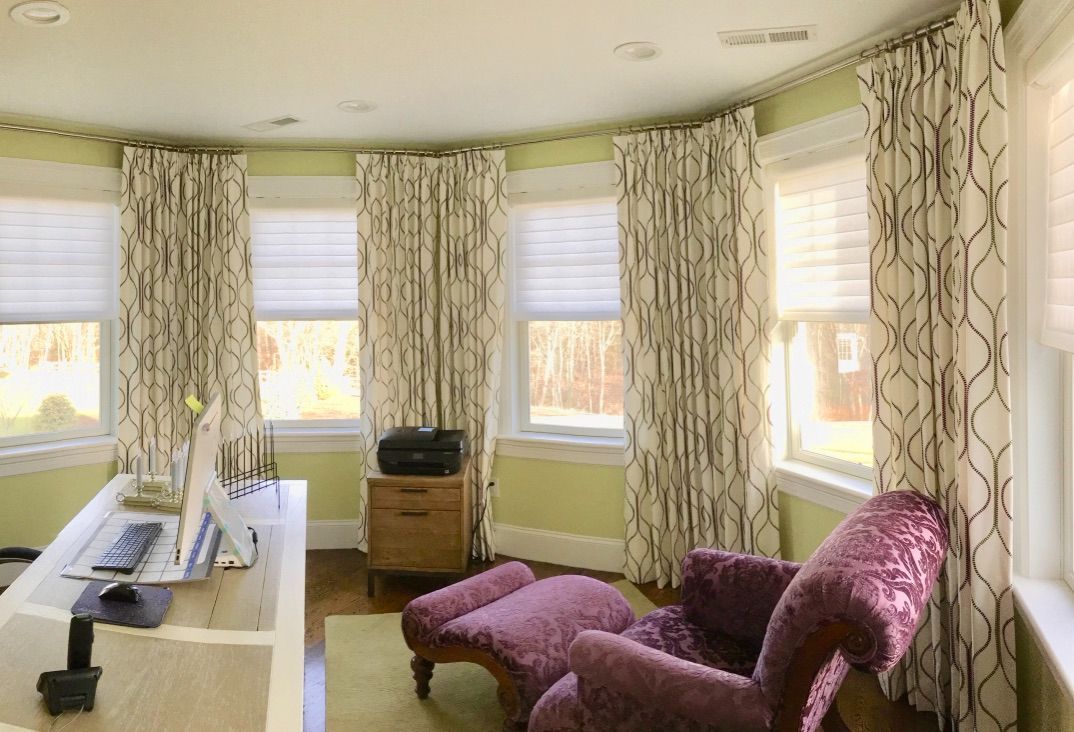
While custom drapes can make a significant design statement, they must also complement the existing style of the room. Choosing a drapery style that clashes with the room’s decor can result in a mismatched or jarring look.
Consider These Factors:
- Room Style: Ensure your drapes match the overall theme of the room. For example, heavy velvet drapes might not work well in a modern, minimalist space.
- Ceiling Height: In rooms with tall ceilings, proportion is key. Choosing appropriate drapery styles for high ceilings can enhance vertical space and create a dramatic, elegant effect without overwhelming the room.
- Color Scheme: Choose a fabric color that either contrasts with or complements the room's existing palette.
- Existing Furniture and Decor: Your drapes should harmonize with other design elements like furniture, rugs, and wall colors.
Tip: If you're unsure, consult with a design expert or use digital tools to visualize how different drapery options will look in the room.
7. Not Taking the Time to Plan
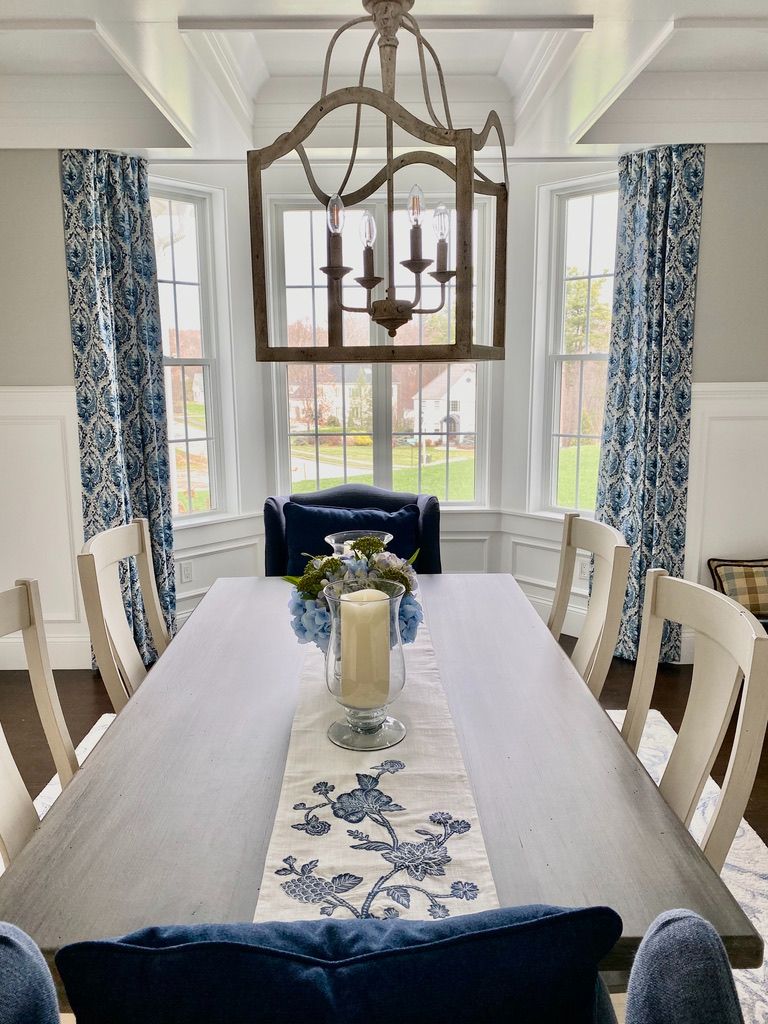
The custom drapery ordering process requires thoughtful planning. Rushing through the decision-making process or skipping key steps can lead to dissatisfaction with the final result.
What to Do:
- Take the time to consider all aspects of the drapery ordering process, from fabric choice to installation.
- Think about the function of the room and the look you want to achieve.
- Don't hesitate to consult with experts or get professional advice before finalizing your order.
Final Thoughts: Avoiding Custom Drapery Errors
Ordering custom drapes can seem like a daunting task, but with careful planning and attention to detail, you can avoid common mistakes and achieve a beautiful, functional result. At Simply Windows, we recommend taking your time, measuring accurately, and considering both style and function when choosing your custom window treatments.
By avoiding the mistakes outlined above and working with trusted experts, you'll end up with drapes that not only look stunning but serve your home's needs perfectly. Whether you're updating your living room or outfitting a bedroom, these steps will help ensure your drapery order is a success.

